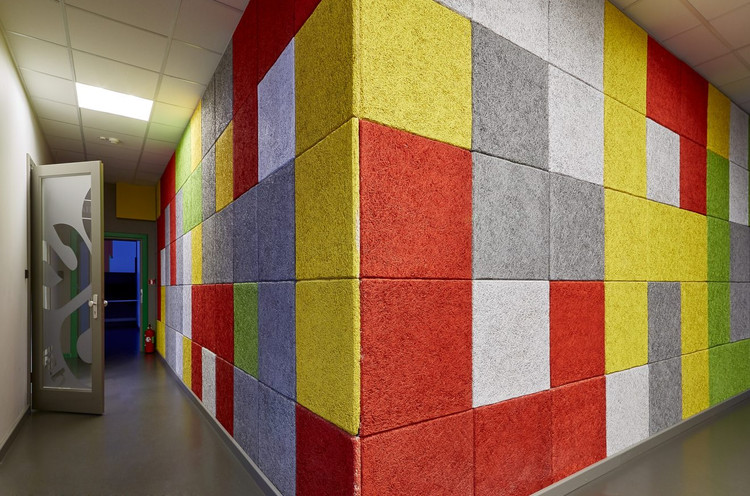
Soundproofing Solutions: Tips and Tricks for Effective Noise Reduction
Soundproofing solutions are important for many different types of businesses, from recording studios to movie theaters, and even residential homes. Without adequate soundproofing, the noise generated from these places can be distracting and even disruptive. That’s why it’s essential to know the basics of soundproofing and how to properly implement a soundproofing solution to ensure effective noise reduction.
So, what is sound proofing and why is it important? Soundproofing is the act of reducing the sound transmission between two adjoining rooms or areas. This involves dampening the sound waves that are travelling through the air or the structure of the building in order to minimize the amount of sound that can be heard.
Soundproofing Basics
When it comes to soundproofing, it is important to understand the basics behind it. Soundproofing is the practice of reducing the amount of sound that passes through a wall or structure. It is usually achieved by using materials that absorb sound waves, or by blocking the transmission of sound waves.
When looking at soundproofing solutions, there are several key elements to consider. First, the type and amount of sound that needs to be blocked. This will determine the materials used and the amount of effort that is needed to effectively soundproof a room or structure. Another important factor to consider is the location. The location of the room or structure being soundproofed will affect the type of materials used and the complexity of the soundproofing process.
For effective soundproofing, there are a few different approaches you can take. One option is to use acoustic insulation, which is material used to reduce the transmission of sound waves. Acoustic insulation is available in many different forms, such as fiberglass, foam, and cellulose. Another option is to use mass-loaded vinyl, which is a thicker material that is placed between rooms and used to block sound. Lastly, you can use soundproofing panels, which are panels placed on walls and ceilings to block sound waves.
When it comes to materials used in soundproofing, there are a few common materials that are used.
Foam is one of the most popular materials used, as it is lightweight and effective at blocking sound waves. Other materials include fiberglass, cellulose, and acoustic plaster. These materials are all effective at blocking sound, however, they are more expensive than foam.
No matter the approach you choose, it is important to have the right materials on hand to effectively soundproof a room or structure. By understanding the basics of soundproofing and the different options available, you can ensure that you get the best soundproofing solution for your needs.
Common Mistakes in Soundproofing
When it comes to sound proofing, one wrong move can be enough to ruin your efforts. While soundproofing can be a complex task, it’s important to understand the basics and common mistakes to ensure your noise reduction efforts are effective and have the desired result.
Not Accounting for Existing Structures
One of the most common mistakes people make when soundproofing is not accounting for existing structures in the space. If you’re soundproofing a room, for example, think about the existing walls, windows, and other elements that may be contributing to the noise. Failing to account for these elements, or trying to soundproof over them, can result in an ineffective approach.
Overtightening the Materials
Another mistake people make when soundproofing is overtightening the materials. Soundproofing involves the use of various materials which should be installed correctly in order to be effective. Overtightening these materials can cause damage to the structure and result in poor soundproofing.
Failing to Seal the Gaps
The process of soundproofing is not complete until all gaps are sealed. This includes any cracks or gaps in the walls, windows, and door frames, as well as any other openings in the structure. Failure to seal these cracks can significantly reduce the effectiveness of the soundproofing.
Conclusion
When it comes to soundproofing solutions, the most important thing is to remember the basics. You’ll need to understand the elements of soundproofing, different approaches to soundproofing, and the common materials used for soundproofing. It’s also important to avoid any common mistakes when soundproofing, such as not accounting for existing structures, overtightening materials, and failing to seal any gaps.
